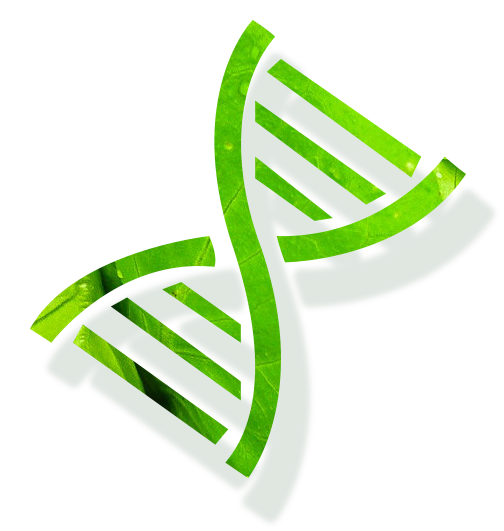Speaker: Dr. Surisa Suwannarangsee
Time: March 19, 2019, 14:00-15:30
Location: School of Life Science and Technology 3-105
Host: Xinqing Zhao(xqzhao@sjtu.edu.cn)13818485314
Abstract:
One of major impediments for commercialization of sugar-based biorefinery products is the low hydrolysis rate and the cost of enzyme used in the enzymatic saccharification process. To overcome these limitations, development of a powerful enzyme system that can efficiently convert cellulose and hemicelluloses into sugars should be addressed. In this study, an active synergistic enzyme system for hydrolysis of alkali-pretreated rice straw was optimized based on synergy of crude native fungal enzymes produced from Aspergillus aculeatus to a commercial Trichoderma reesei cellulase. Then, the biomass-degrading enzyme production from A. aculeatus by solid state fermentation and submerged fermentation was optimized by using experimental design approach. This work demonstrates potentially economical production of A. aculeatus multi-enzyme for on-site enzyme production and showed the great opportunity for application of this multi-enzyme in biomass saccharification process for biorefinery industry. Moreover, a process so-called consolidated bioprocessing (CBP) currently becomes a promising breakthrough in low-cost processing of cellulosic biomass in which cellulase and hemicellulase production, enzymatic saccharification, and ethanol fermentation are consolidated into a single process step. Such process is critical to the development of industrial production of ethanol from lignocellulosic biomass. Cell surface display systems and techniques, essential for building up CBP-enabling microorganisms have been developed in the last decade. To establish novel cell surface display system with comparable or better capability comparing with the existing system, the identifying, engineering, and validating the novel anchor proteins is indispensable. Here, based on the combining Bioinformatics and Biotechnology approaches, we have successfully identified novel anchoring motifs that showed superior display efficiency to the existing anchoring protein. These novel anchoring motifs can be applied for construction of whole-cell biocatalyst in the future.
About Speaker
Dr. Surisa Suwannarangsee gets his Ph.D. in 2007 from Chulalongkorn University, Thailand. He is a senior researcher of National Center for Genetic Engineering and Biotechnology, Thailand, working in the research group of biochemical technology and biorefinery. His main research interests include the development of biorefinery enzymes, yeast cell-surface display, optimization of biological processes, and is an expert of sssi lignocellulose biorefinery enzyme.



